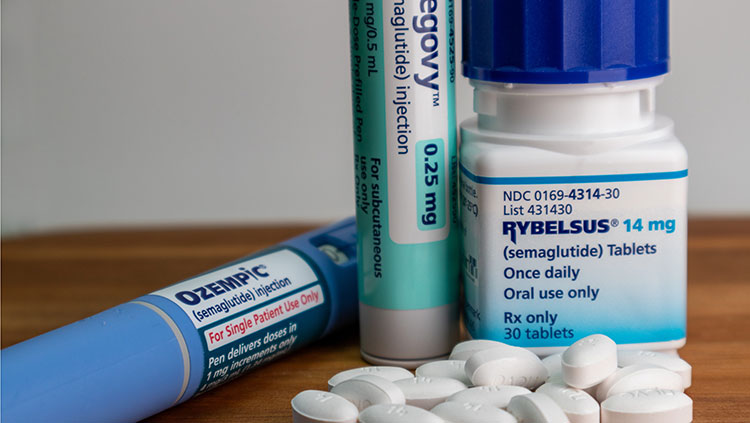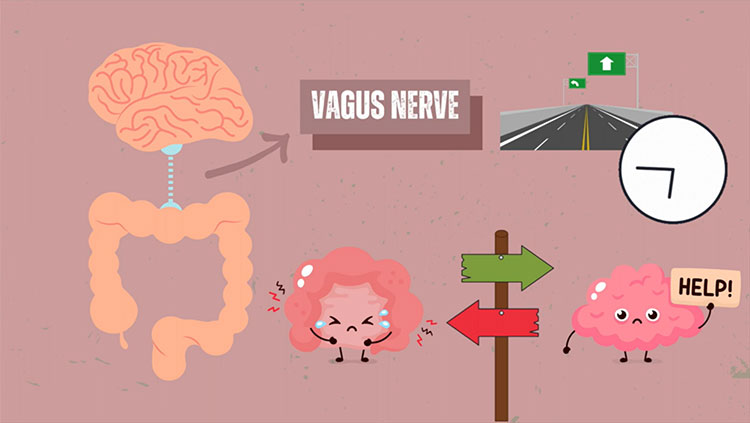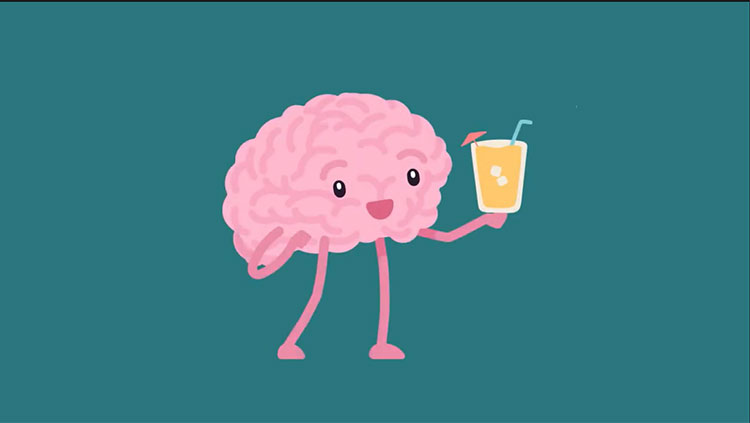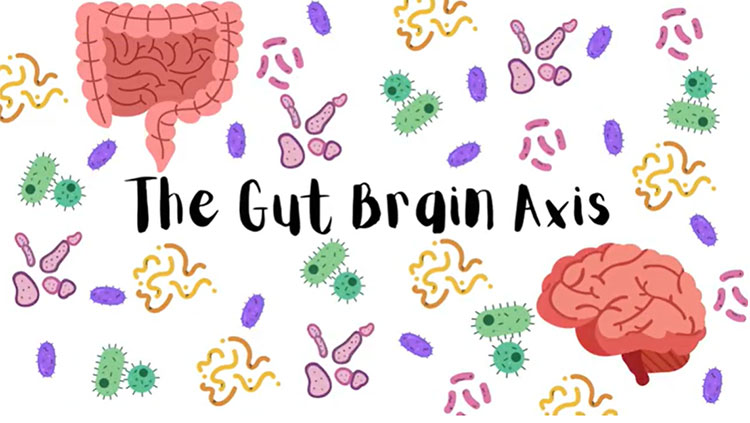The Blood-Brain Barrier
- Published21 Sep 2017
- Reviewed21 Sep 2017
- Source BrainFacts/SfN
The blood-brain barrier is your brain's first line of defense against toxins and pathogens. But it can also make treating brain illnesses complicated.
This video was produced for the 2017 Brain Awareness Video Contest.
CONTENT PROVIDED BY
BrainFacts/SfN
Transcript
What is the Blood Brain Barrier? The neurons in you brain require a very specialized environment to function. As the central processor for all of the body’s functions, any kind of contaminant or pathogen could be disastrous, so your brain needs to take extra precaution. The blood brain barrier is an extra layer of protection surrounding most of the blood vessels in your brain that keeps most toxins out. There are three main components of the blood brain barrier.
The first main component are endothelial cells, which line the walls of your blood vessels. Regular blood vessels also contain an endothelial cell lining, however, in regular blood vessels, there are spaces between those cells to allow particles in the bloodstream can pass through those spaces into surrounding tissue.
The endothelial cells in the blood brain barrier contain the second component, tight junctions, made up of proteins, which fill in the spaces between endothelial cells and block most substances from entering the brain.
The third component of the blood brain barrier are astrocytic end feet formed by astrocyte cells. The astrocytes provide nourishment to your neurons, and transport some of the substances that pass through the blood brain barrier such as glucose, to neurons.
So quick review: Endothelial cells with tight junctions block substances from passing through blood vessels and astrocytes provide nourishment to those cells. The blood brain barrier keeps out most toxins and bacteria, preventing potential harm to neurons. When the barrier breaks down, your brain is vulnerable to all sorts of threats. It can cause or speed up neurodegenerative diseases like multiple sclerosis. So what does the blood brain barrier let in? Generally, smaller molecules that are non polar, or don’t have a charge, are let in. Also substances like glucose and oxygen, which your brain requires to function are let in.
While the blood brain barrier is great at keeping out harmful substances, it is also great at keeping out beneficial substances like medicine. This makes infections or conditions like brain cancer so hard to treat, because the blood brain barrier is so selective and blocks out most medicine. However, scientists have been coming up with novel solutions to open the blood brain barrier to allow medicine into the brain. French scientists found out that sound waves can be used to break down the blood brain barrier. Other scientists have tried to use bubbles to force open the barrier and allow medicine through. While the blood brain barrier can be an obstacle in medicinal delivery it is a vital part of our survival and protects our brain from harm. Thanks for watching.
Also In Body Systems
Trending
Popular articles on BrainFacts.org
















